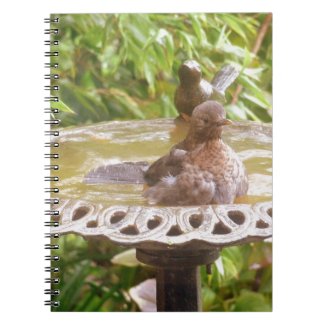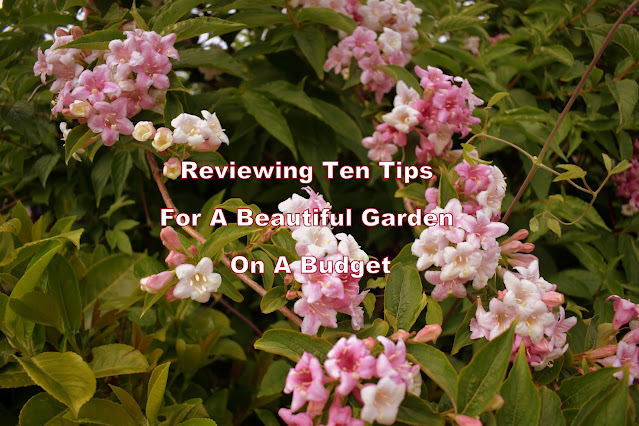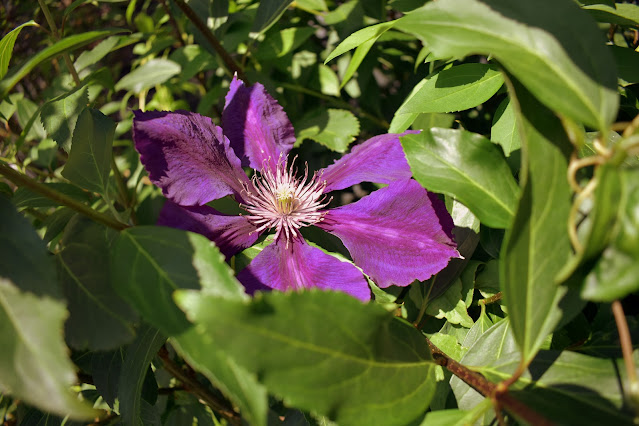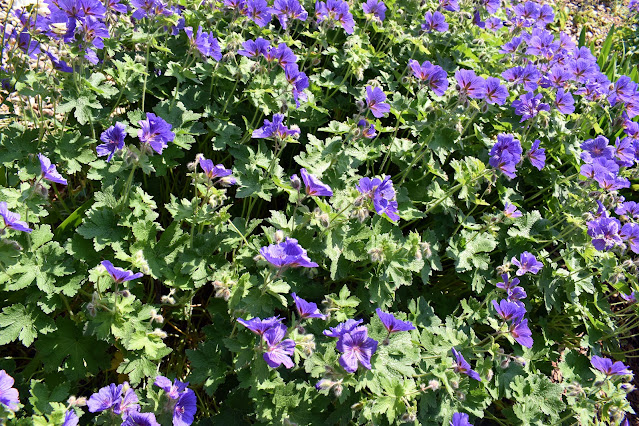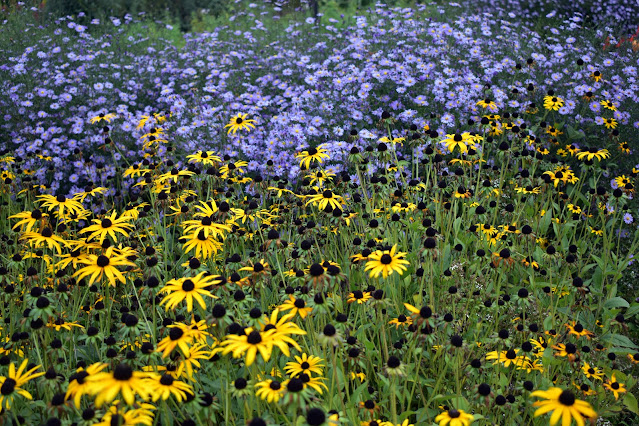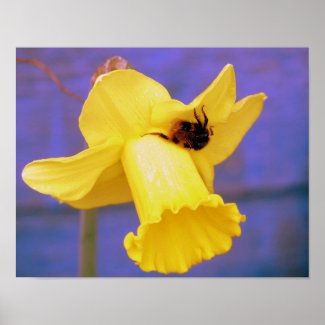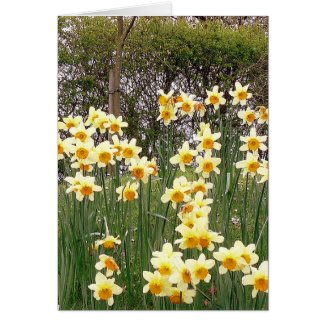My husband has been gradually losing his sight and this is something we both need to learn and adjust to.
One of the areas I have been looking into recently is how to have a garden that will be beautiful, fun and interesting to him as his sight declines. We are also anticipating a house move in the next few years to make life easier long term so I am looking into what will work and how I need to change my gardening style.
There are always five elements to take in to account when making a garden and these revolve around the five senses of
Smell, Hearing, Sight, Touch and Taste and then the next important area is safety.
It is vital that we work together on this project so that I understand what he wants and needs from the garden. Our aim is to retain his independence as much as possible in all areas of life and that includes the garden.
We aim to arrange it so that he will know where he is in the garden by the location of key plants and structures and take notice of the five senses.
In Part One we will discuss the senses of Smell, Touch and Sound and in Part Two we will discuss Sight, Taste and Safety.
I have presented these elements in the order my husband would like me to concentrate. I find the best approach to be led by him in what he needs and wants in the garden.
In this article we will be using the terms sight impaired, blind, low vision, partially sighted and sight loss as these are the current acceptable terms in my country for people with sight loss. This may change over time and be different in different countries. No offence is intended by any of these terms.
Elements To Address in The Garden
Smell : Scent: Scented Plants
Touch : Different textures and feel. Safe to Touch Plants
Hearing : Sound: Windchimes Water Features and Birds
Sight : Colour and form, Light
Taste : Fruit, veg and herbs Edible Plants. Avoid poisonous plants.
Safety : Moving around independently and safely
Sense Of Smell-Scent

Scented Sweet Peas

Scented plants are very important in any garden but particularly when thinking of a person with sight loss. I am aware of many scented plants. The next step was to ask which scented plants he preferred, so I made sure I included those.
I will not be limited to these plants though as I always think it is good to have surprises. Some plants are all year round scent from leaves, others only have scent for a part of the year they are in flower.
We discussed having these plants mainly in raised beds so that it is easier to smell them and easier to maintain, plus better to be able to give them the conditions they like. In addition, the plants that have Mediterranean origins like free drainage, difficult to provide on our mainly heavy clay soil.
So we will plant:-
Lavender
Lemongrass
Basil
Thyme
Jasmine
Salvia
Artemisia
Curry plant
Scented roses
Thyme
Honeysuckle
Chamomile
Cushion Bush/Silver sand
 |
| Rosemary |
Sense Of Touch
Although I love plants like Holly and pyracantha, they are both very prickly and it is not a great idea to have them central in a garden suitable designed for a sight impaired, partially sighted or blind person.
A better idea is to have plants that can be touched safely and that do not mind being touched.
Some of these plants can be the same as the ones with lovely distinctive scents, many have leaves that are evergreen and release amazing scent when touched. Also they are not harmed by being touched.
So we will plant:-
Choisya Shrub
Curry plant
Artemisia
Lavender
Chamomile
Lambs ears
 |
| White Scented Roses |
A reality check are our love of roses. Now roses usually have thorns which is not a great idea. However we both adore roses and do not want to give them up so we worked on what we hope is a solution by planting roses in raised beds and surrounding them with lavender and chamomile.
That way my husband will know if he smells or feels lavender or chamomile he has a safe space before he gets to roses. However once in flower the roses will have a gorgeous scent he can enjoy safely.
Sense Of Hearing -Sound
Plants
In the garden sound can be achieved by plants making the sound such a bamboo or grasses. The distinctive rustling in the wind or a gentle breeze is a lovely sound for anyone and makes it a restful place for a bench to sit and listen.
Wind Chimes
Materials are also useful in making a sound such as wind chimes. They can be a useful item in the garden to provide a different element and even announce a separate area.
 |
| Bamboo |
Water In The Garden
Water is an important element but while we both want a pond for wildlife it can be a real danger for someone who is sight impaired.
So our solution is to have elements near the pond that will alert him to the water such as a physical barrier of a fence around the pond, a windchime near it and for added safety we will add a grid over the pond in case he does walk onto it.
We may have a small running water feature pump, not so much so that it disturbs wildlife but enough for it to be heard.
We will change the ground near the pond to something very different so if there is grass mainly near the pond we will put slabs down.
Bird Bath
We will also continue to have a bird bath. Even if he eventually cannot see the birds very well, he can hear them having a bath as they splash around. We love our garden birds so we intend to have maybe three bird baths in different areas.
So with a little thought and discussion and some plant knowledge it is I believe very possible to make a beautiful sensory garden with Touch, Sound and Scent for a person with sight loss and being an interesting garden for everyone.
See Part Two in a few weeks, which will cover Sight, Taste and Safety.
Essential Wildlife Gardening Gifts
Diary Of A Wild Country Garden




